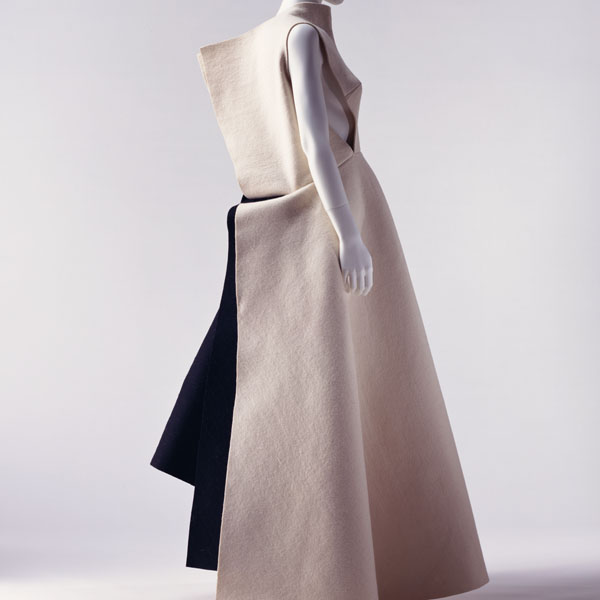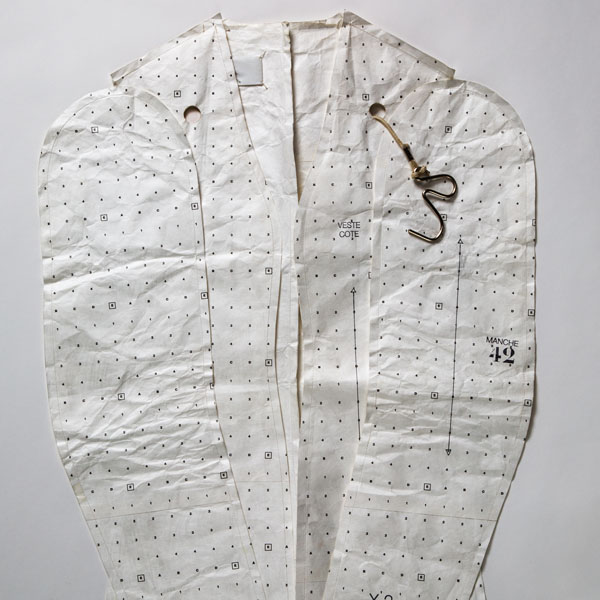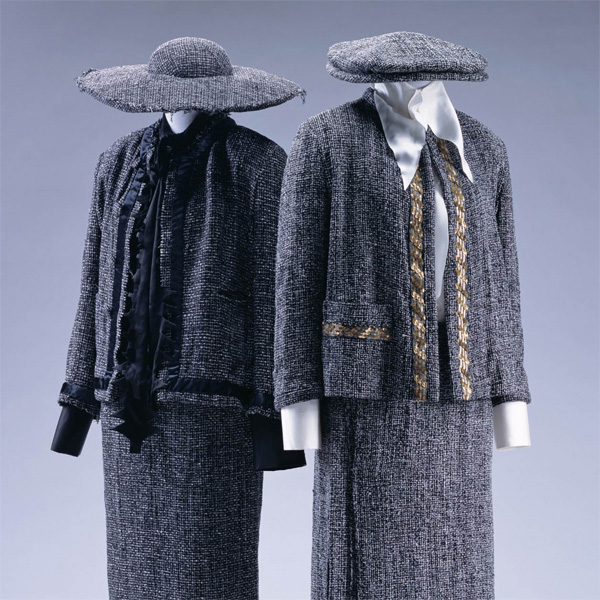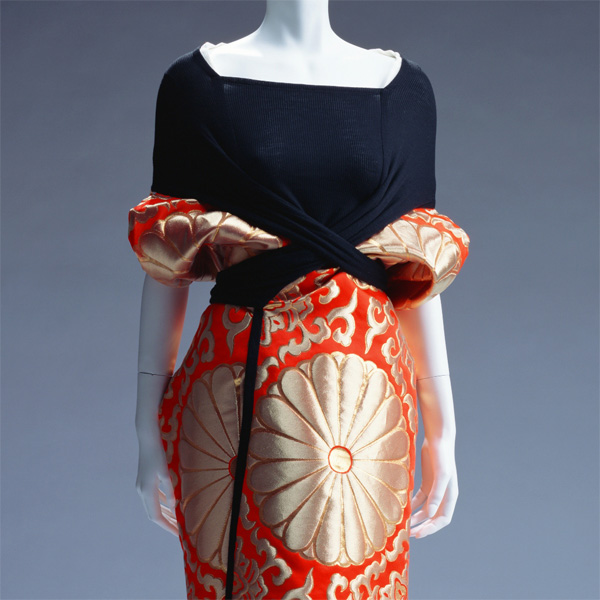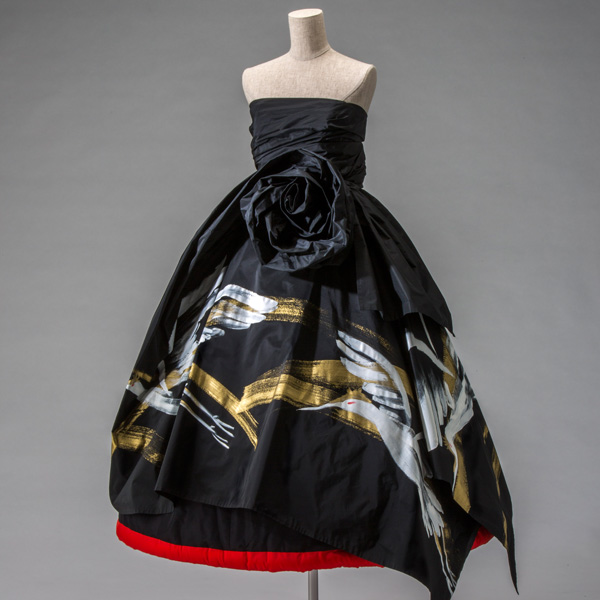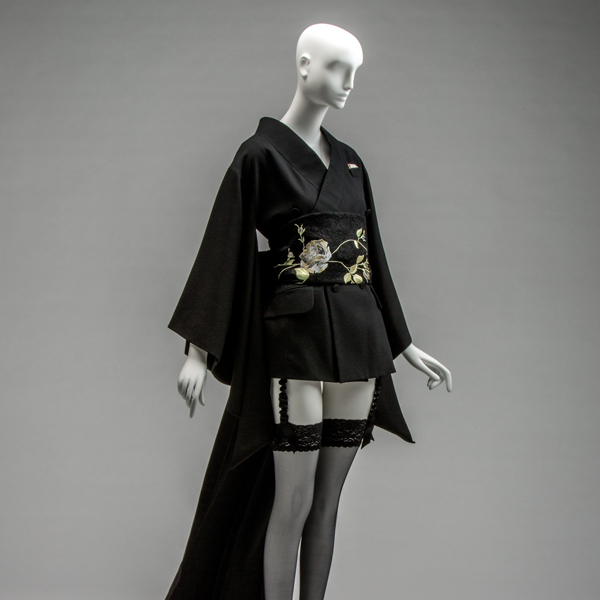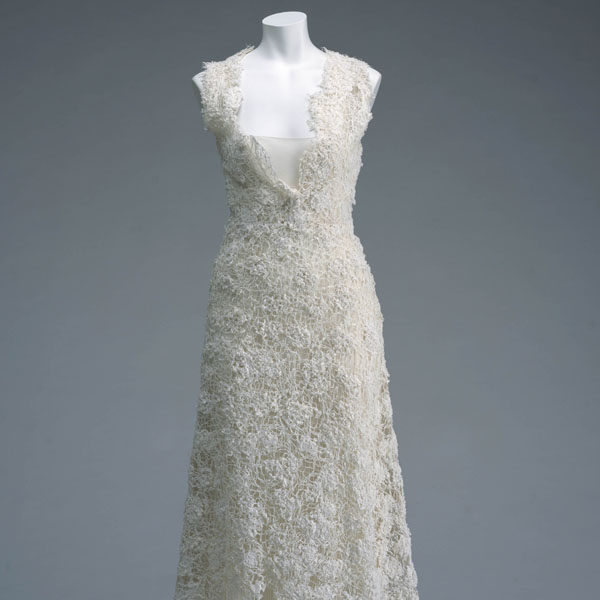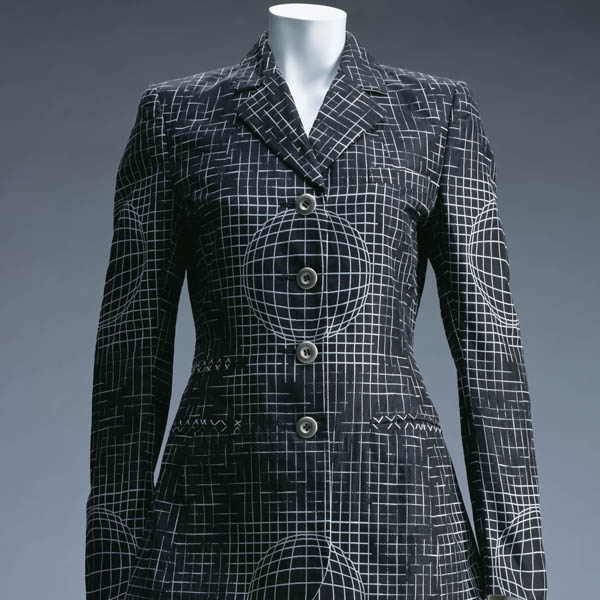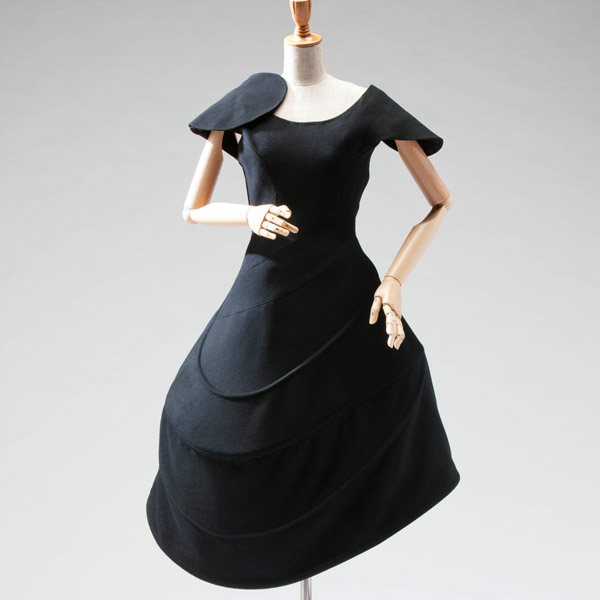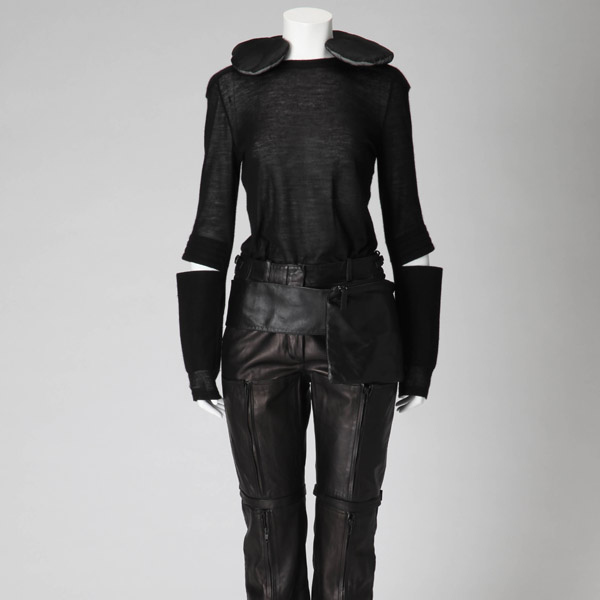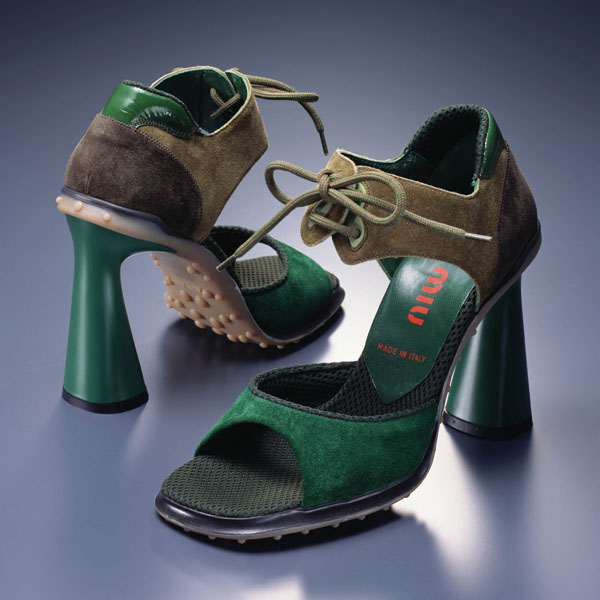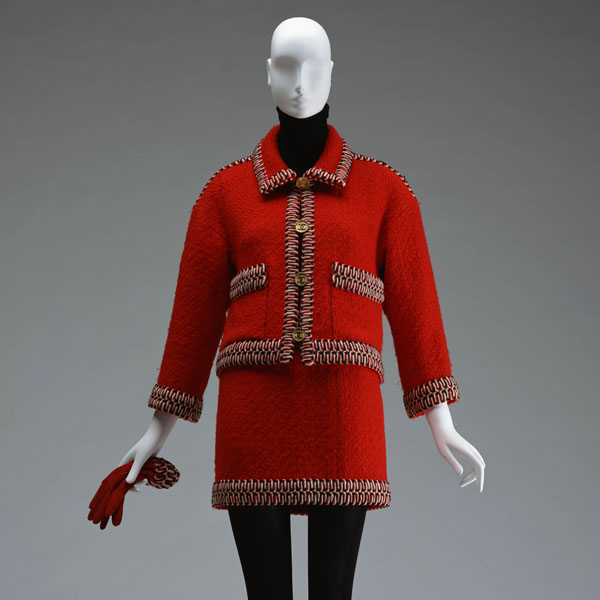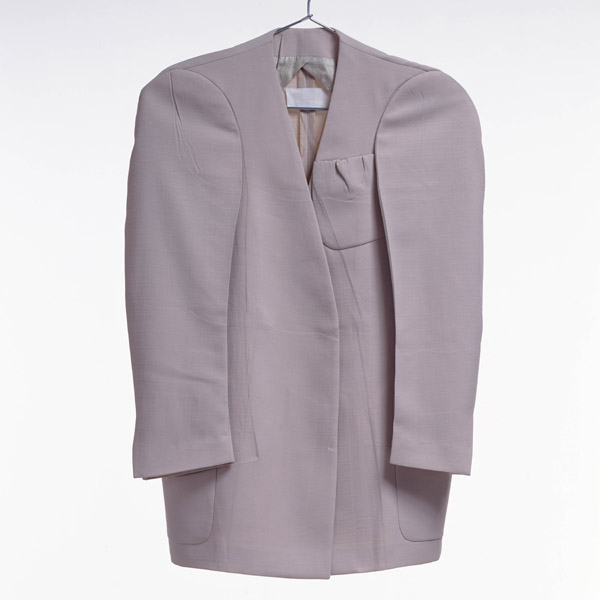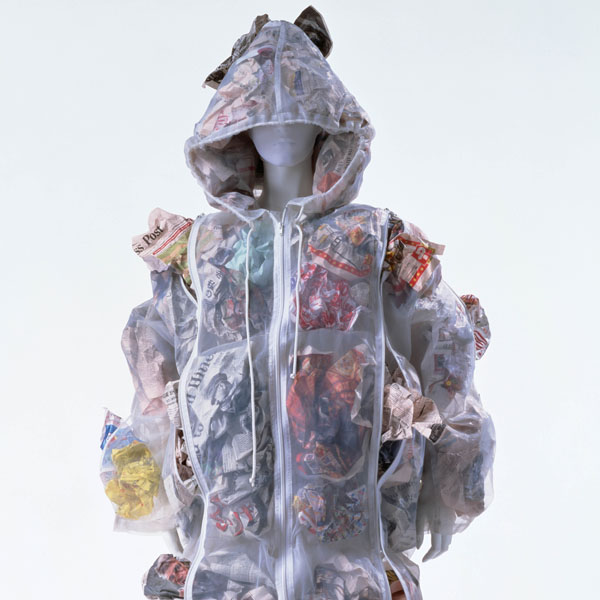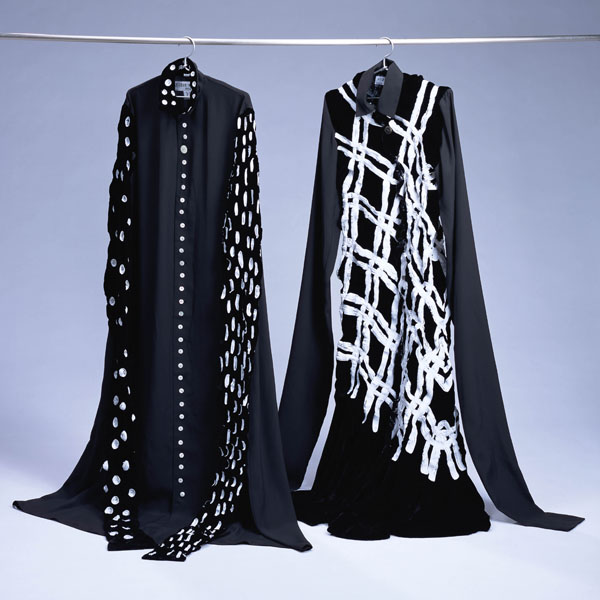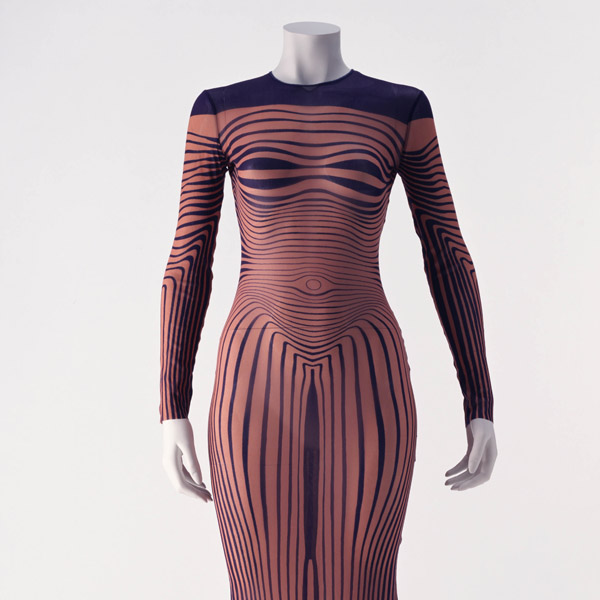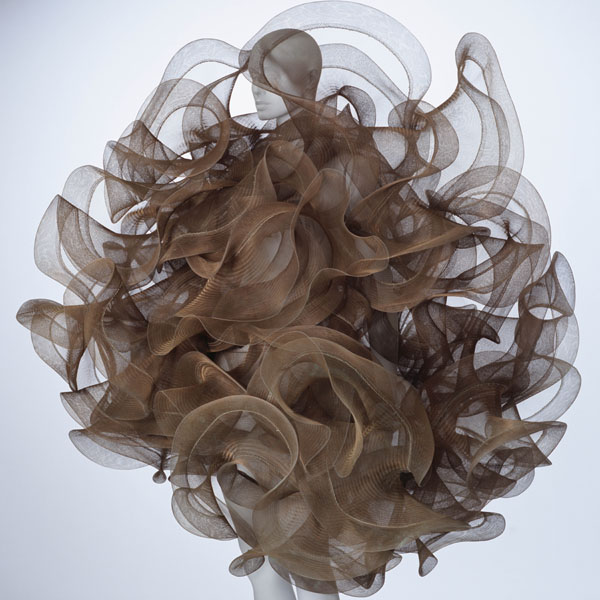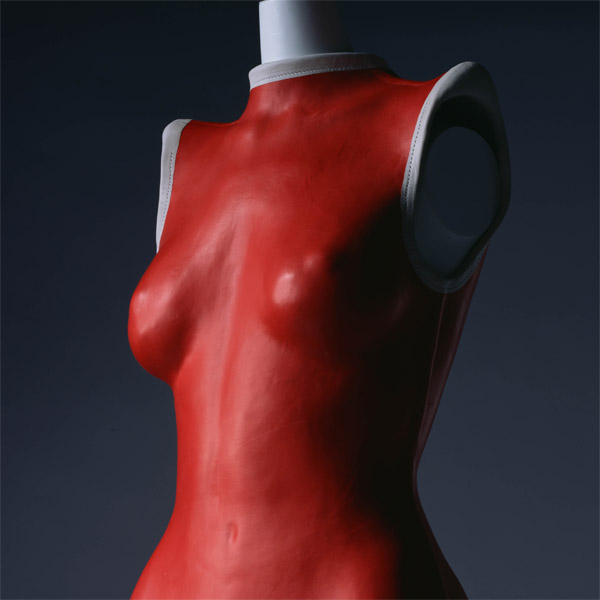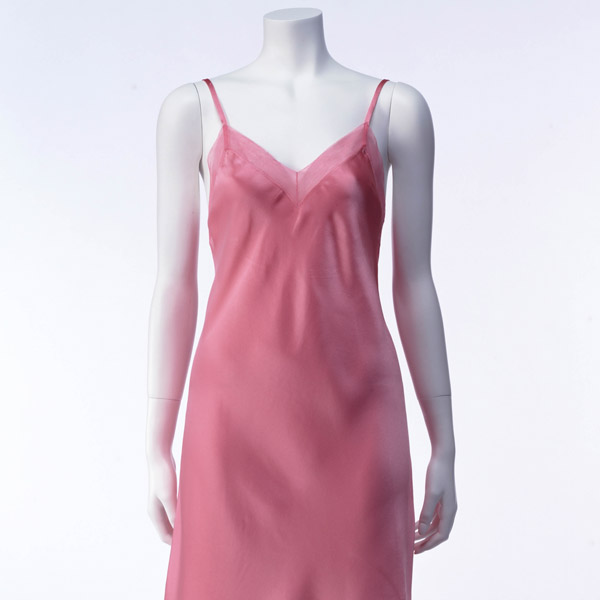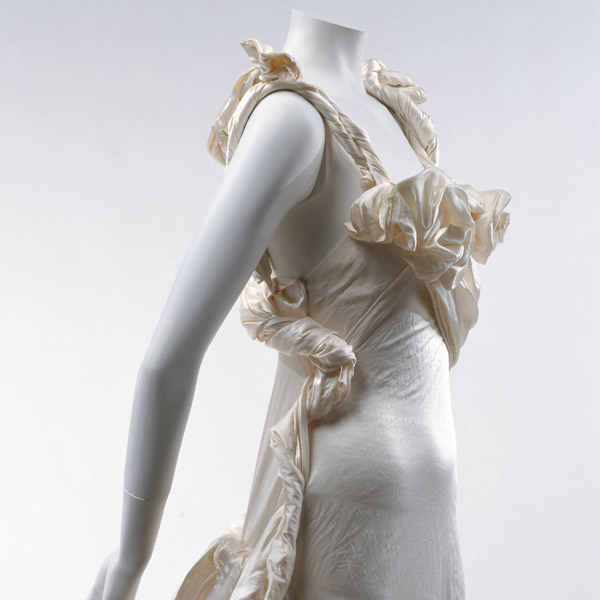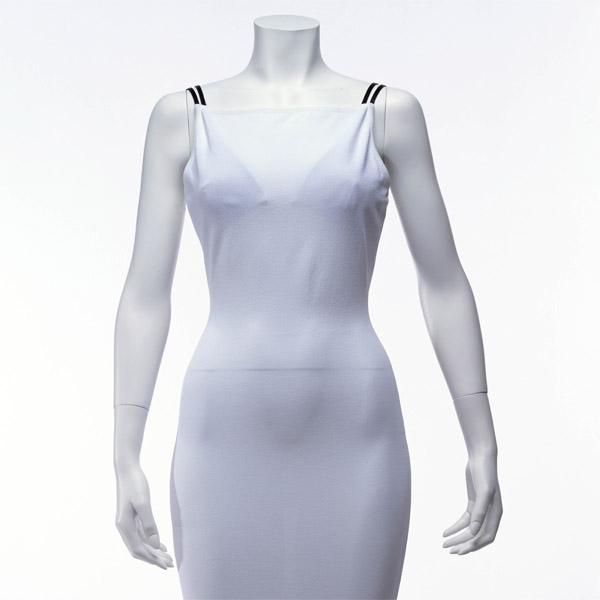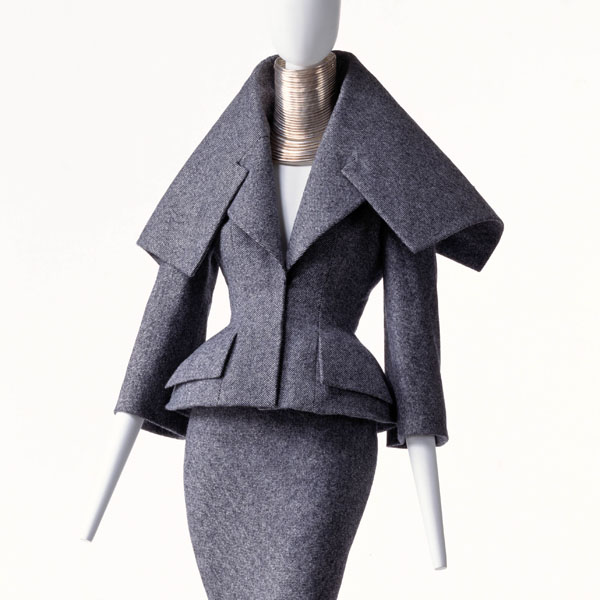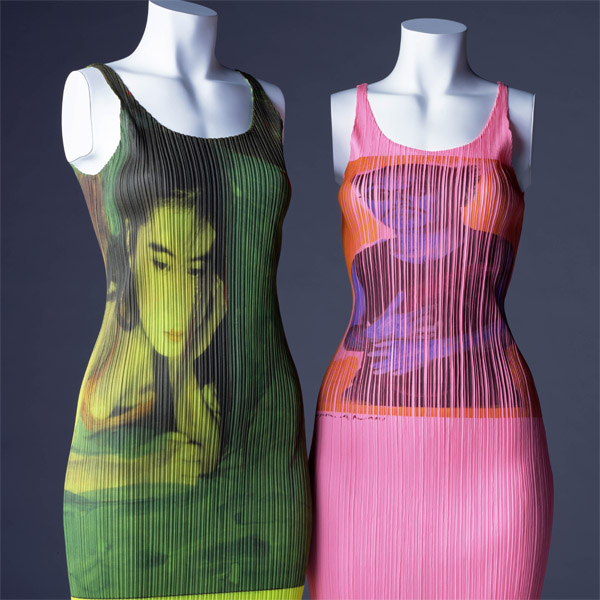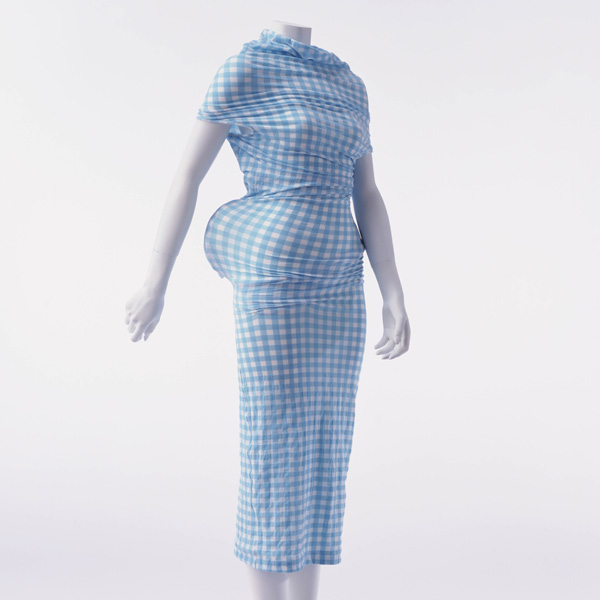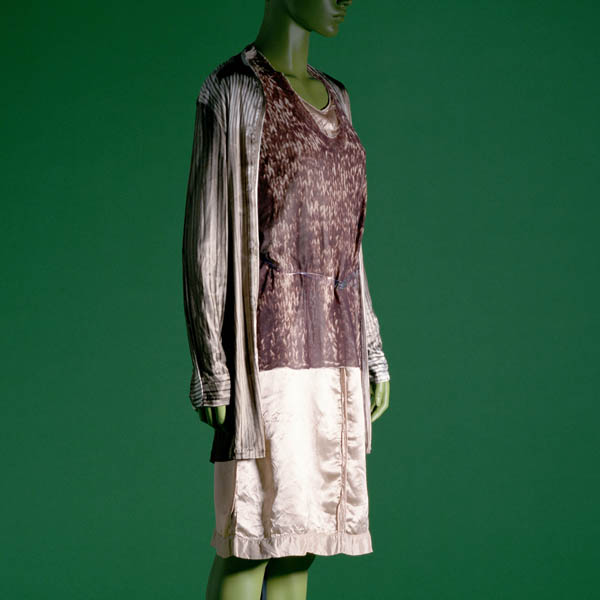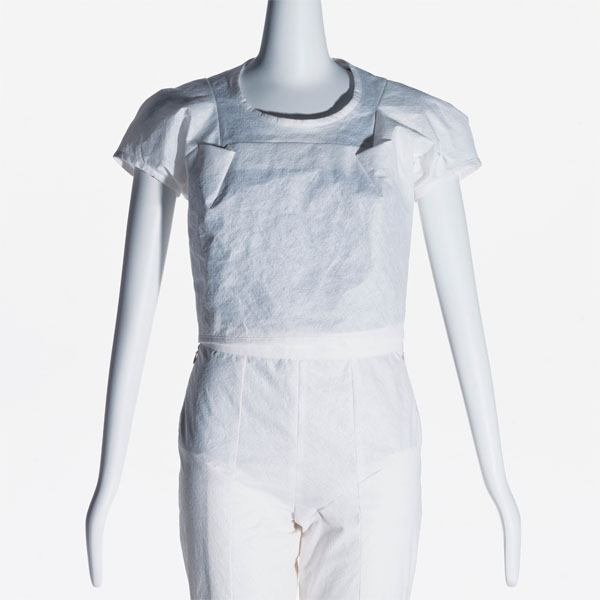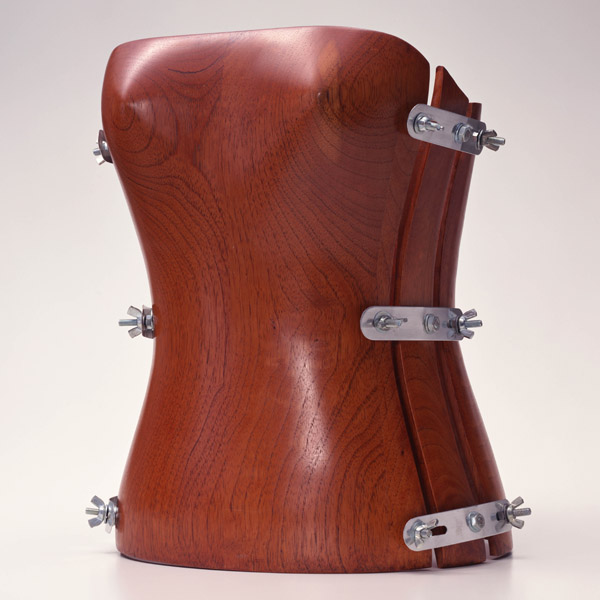![Dress [Left] Dress [Right]](https://www.kci.or.jp/archives/digital_archives/photos/213_xl_AC09533.jpg)
© The Kyoto Costume Institute, photo by Takashi Hatakeyama
You can enlarge by putting the mouse cursor on the image.
Dress [Left]
Dress [Right]
Spring/Summer 1997 [Left]
Spring/Summer 1997 [Right]
- Designer
- Issey Miyake [Left]
Issey Miyake [Right] - Brand
- Pleats Please Issey Miyake [Left]
Pleats Please Issey Miyake [Right] - Label
- PLEATS PLEASE GUEST ARTIST SIRIES NO.2 NOBUYOSHI ARAKI [Left]
PLEATS PLEASE GUEST ARTIST SIRIES NO.2 NOBUYOSHI ARAKI [Right] - Material
- Fluorescent yellow pleated one-piece dress with print. [Left]
Fluorescent pink pleated one-piece dress with print. [Right] - Credit Line
- Gift of MIYAKE DESIGN STUDIO [Left] Gift of MIYAKE DESIGN STUDIO [Right]
- Inventory Number(s)
- AC9532 98-1-1 [Left]
AC9533 98-1-2 [Right]
These dresses are "Pleats Please Guest Artist Series" (1996-98). Works by a famous Japanese photographer, Nobuyoshi Araki (1940–), are printed on them. On the left is "Iro-shōjo," and on the right is the "Araki" print. The contrast between the clean and crisp shape and pop coloring of Pleats Please with the images of ennui in Araki's photographs gives the series an interesting twist.
In 1993, Issey Miyake developed a series of his works with pleats into more wearable dresses named "Pleats Please." They became internationally popular. These dresses are free sized, and when taken off, the fabric returns to its two-dimensional form. They are light, wrinkle-resistant, and reasonably priced. These are the very dresses that busy modern women dreamed of. The manufacturing method of these dresses is unique. Although a pre-pleated fabric is usually sewn up into clothes, Miyake's approach was to do the sewing first, taking into consideration the reduction by pleating, and then pleat the fabric afterwards. A major target of the fashion industry, striking a good balance between design and mass production efficiency, has been excellently achieved here on the basis of Miyake's conceptual starting point, "A Piece of Cloth."
 Digital Archives
Digital Archives